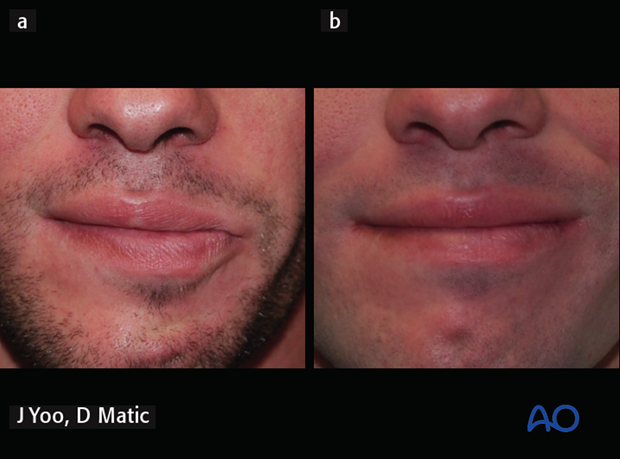Synkinesis
1. Introduction
Synkinesis is the presence of abnormal involuntary muscular movements that occur simultaneously with voluntary movements.
The traditional theory is based on the concept that as nerves regenerate there is cross-wiring at the site of injury. Clinical observations however bring this theory into question. Rather than random involuntary movements, patients presenting after facial nerve recovery and muscle reinnervation exhibit consistent patterns of synkinesis.
The most common pattern of synkinesis is commissure movement during eye closure and vice versa. This is may be due to the common innervation of the palpebral orbicularis oculi muscle and the zygomaticus major muscle by the nerve to zygomaticus major.
The video shows a case example of the typical pattern of synkinesis. The patient is a 72-year-old female presented with Bell’s Palsy. Note that commissure excursion is more pronounced with eye closure than when asked to smile voluntarily.
2. Primary treatment options
Primary options include directed physiotherapy and biofeedback.
3. Secondary treatment options
Non-surgical
In general, botulinum toxin injections are used to paralyze or weaken hyperactive muscles. Injections can be given to the affected side to weaken the involuntary movement seen with synkinesis. Additionally, injections can be given to the unaffected side in order to achieve symmetry.
Note: the lower lip depressors on the affected side were injected with botulinum toxin to improve zygomaticus major elevation.

Surgical
Options are based on severity of the condition, and patient and surgeon preference. Surgical techniques can be classified into denervation type procedures, selective reinnervation procedures, and muscle excisions.












